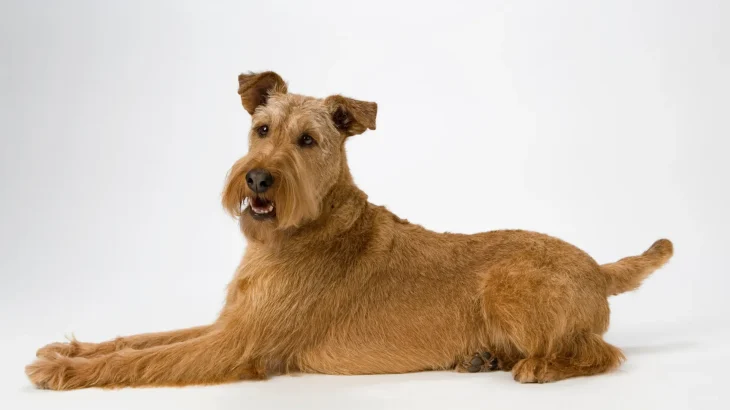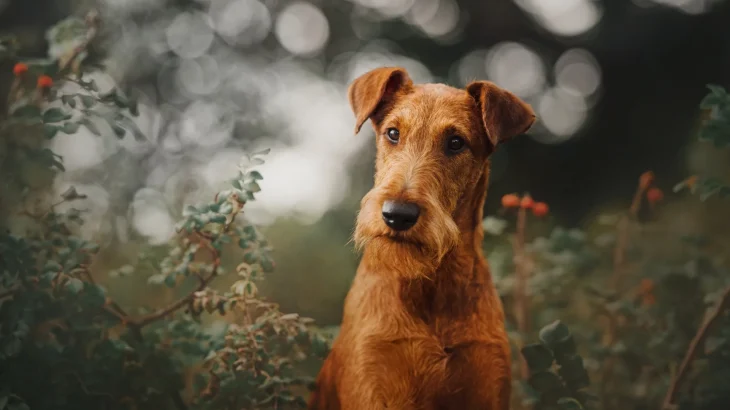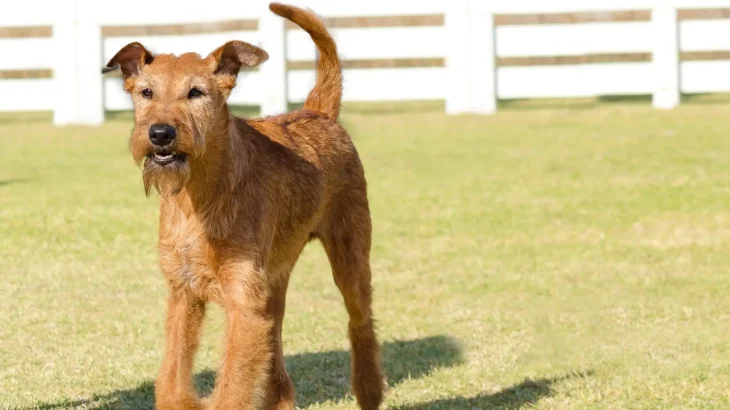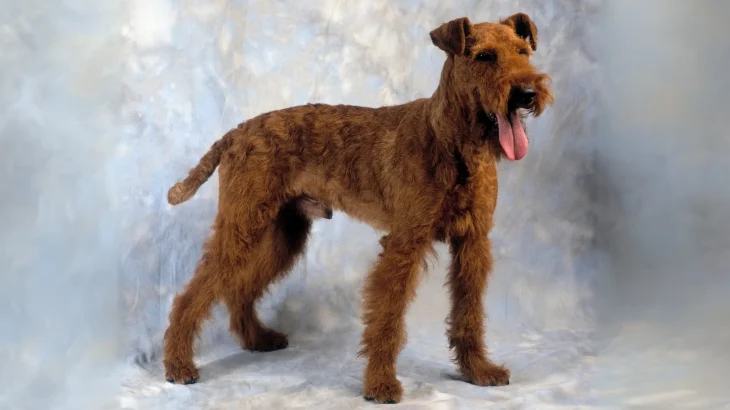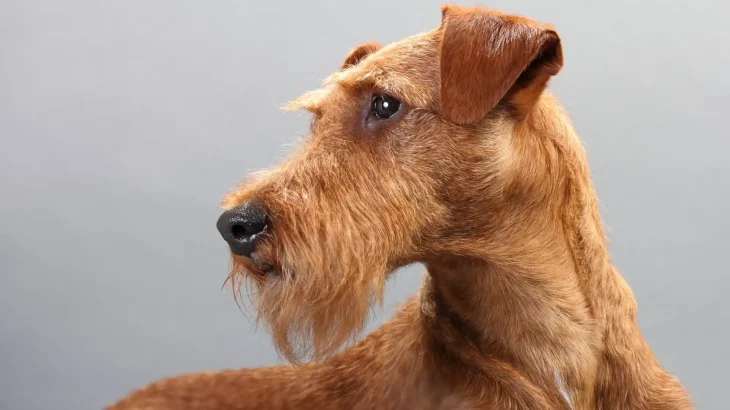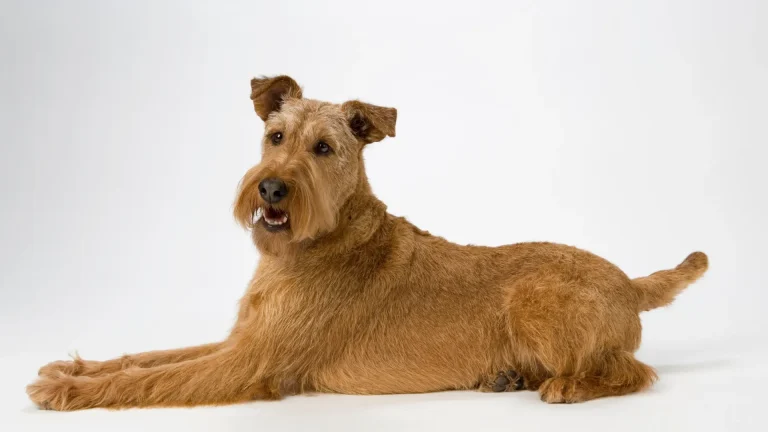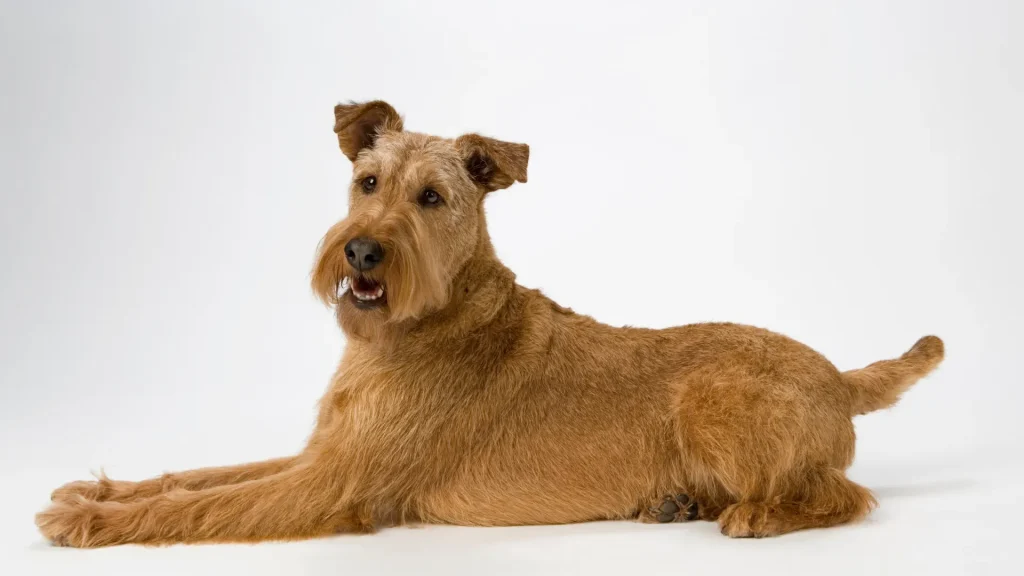Deciding whether to adopt or purchase an Irish Terrier puppy often depends on factors like health certainty, cost, and ethics. Buying from a breeder usually provides detailed health and lineage info, while adopting offers a chance to give a dog a home. Both options have benefits that match different priorities.
| Criteria | Buying from Breeder | Adopting from Shelter/Rescue |
|---|---|---|
| Cost | Higher initial cost reflecting purebred status and breeder care. | Lower fees; often include vaccinations and spaying/neutering. |
| Health History | Genetic screening and health records provided. | Health history may be limited or unknown despite basic checks. |
| Age Availability | Typically offers puppies for upbringing from early age. | Varied ages including adults and seniors. |
| Temperament Insight | Breeders can share expected temperament from lineage. | Shelter staff provide behavior observations; past often unknown. |
| Ethical Considerations | Supports controlled breeding; research breeder ethics carefully. | Reduces homeless pet population and supports welfare. |
| Breed Purity & Pedigree | Clear pedigree documentation available. | Breed purity may be uncertain or mixed. |

